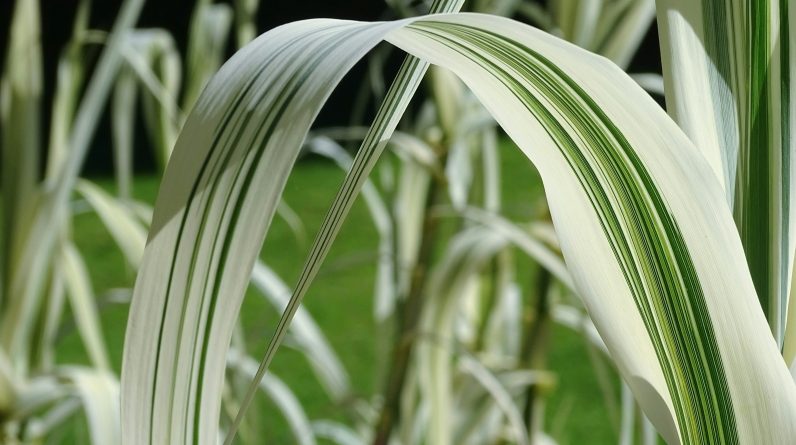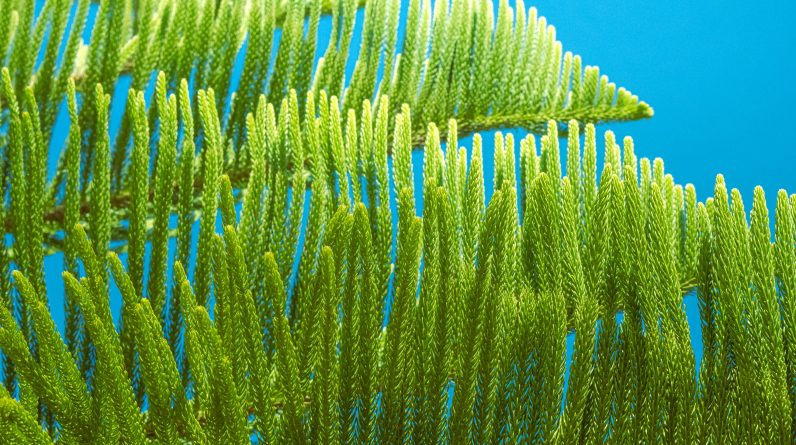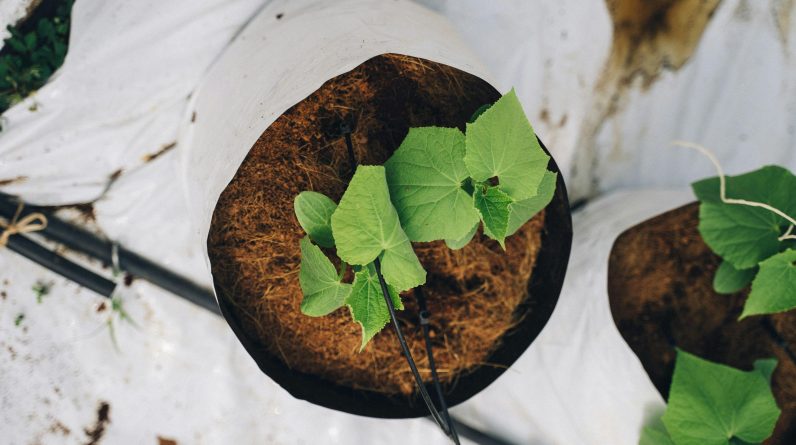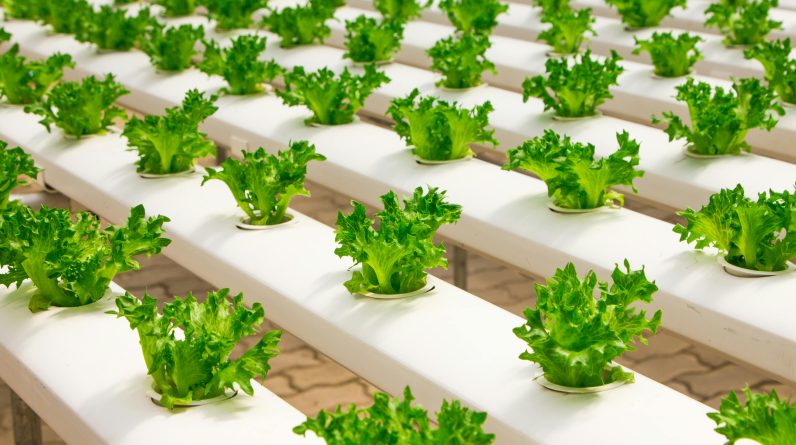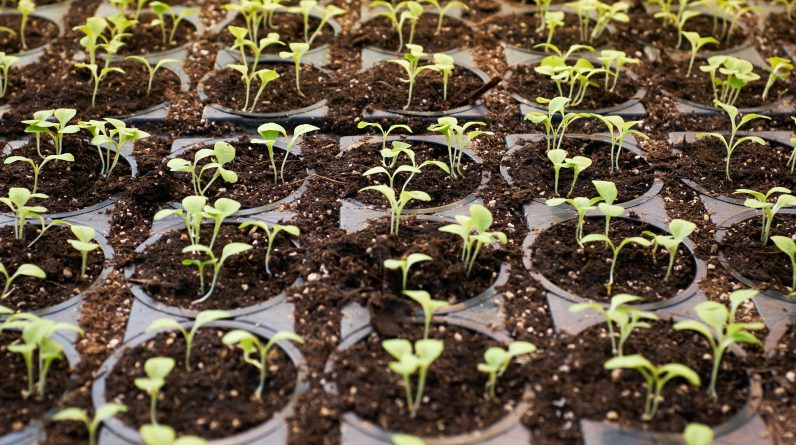
Are you interested in starting your own hydroponic farm? In this article, we will guide you through the process of setting up your very own hydroponic farm. Hydroponic farming is a method of growing plants without soil, using nutrient-rich water instead. It has gained popularity due to its many advantages, such as higher crop yields and the ability to grow plants all year round. Whether you are a seasoned gardener or a beginner, this step-by-step guide will provide you with the information you need to get started on your hydroponic farming journey. From choosing the right system to maintaining your crops, we’ve got you covered. Let’s get started!

Choosing the Right Hydroponic System
When venturing into hydroponic farming, the first step is to choose the right hydroponic system for your needs. Consider the space available to you, as different systems require varying amounts of space. If you have limited space, a vertical or NFT (Nutrient Film Technique) system may be a good option. On the other hand, if you have a larger area, a DWC (Deep Water Culture) or Ebb and Flow system could work well.
Consider the space available
Before diving into hydroponic farming, take a good look at the space you have available. This will help you determine which hydroponic system is most suitable for your needs. If you have a small balcony or indoor area, a compact system like a vertical or NFT system may be the perfect choice. These systems make efficient use of vertical space and can accommodate a decent number of plants.
If you have a larger space, such as a greenhouse or dedicated room, you have more options to choose from. A DWC system allows you to grow plants directly in a nutrient-rich solution, while an Ebb and Flow system provides flexibility by intermittently flooding and draining the growing containers. Evaluate your available space and choose a hydroponic system that fits your requirements.
Evaluate the type of crops you want to grow
Different crops have different requirements when it comes to hydroponic farming. Consider the type of crops you want to grow and research their specific needs. Leafy greens, herbs, and small vegetables like tomatoes and peppers are popular choices for hydroponic farming due to their shorter lifecycle and space-saving advantages.
If you have a particular crop in mind, make sure the hydroponic system you choose can meet its nutritional and environmental requirements. Some crops thrive in deep water, while others prefer a more aerated growing environment. By evaluating the type of crops you want to grow, you can select a hydroponic system that will provide optimal conditions for their growth.
Research different types of hydroponic systems
Once you have considered the space available and evaluated the type of crops you want to grow, it’s time to research different types of hydroponic systems. There are several options to choose from, each with its own advantages and disadvantages. It’s important to understand the characteristics of each system to make an informed decision.
Here are a few common types of hydroponic systems to consider:
-
Deep Water Culture (DWC): In this system, plant roots are submerged directly in a nutrient solution. It is a simple and inexpensive system, making it a popular choice for beginners.
-
Nutrient Film Technique (NFT): NFT systems use a thin film of nutrient solution flowing over the roots. They are known for their efficiency in water and nutrient usage.
-
Ebb and Flow: This system periodically floods the growing containers with nutrient solution and then drains it back. It offers flexibility and is suitable for a wide range of plants.
-
Vertical Systems: As the name suggests, these systems utilize vertical space by stacking growing containers. They maximize space utilization and are ideal for small areas.
Research each system thoroughly, considering factors such as cost, maintenance requirements, and suitability for your crops. This will help you make an informed decision and choose the right hydroponic system for your farming venture.
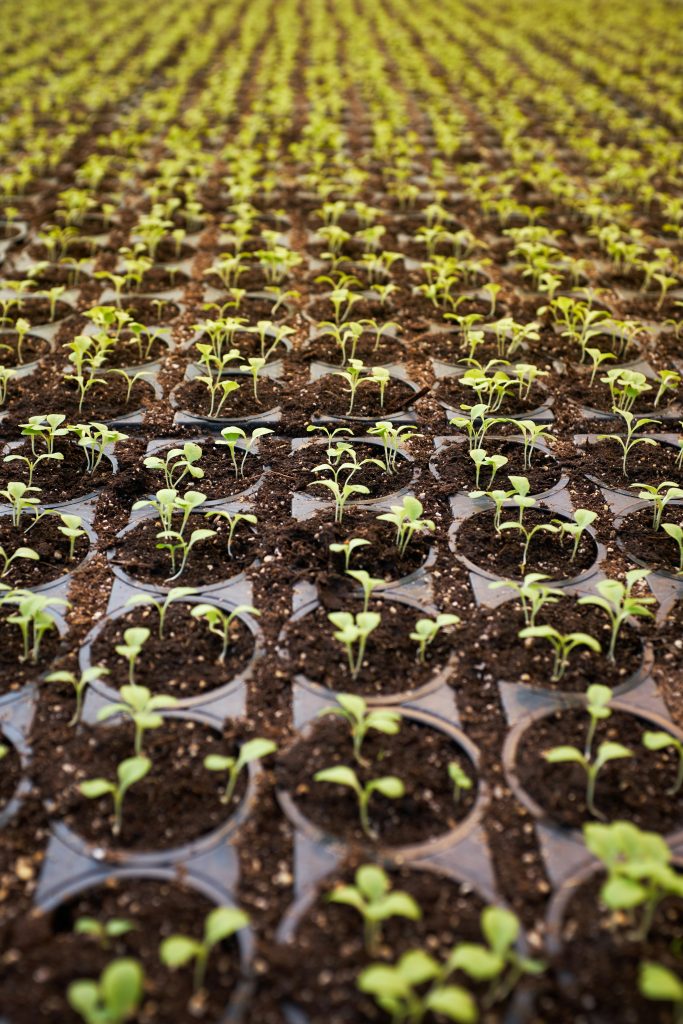
Setting Up the Hydroponic System
After selecting the appropriate hydroponic system, it’s time to set it up. Follow these steps to ensure a successful setup:
Install the necessary equipment
Begin by installing all the necessary equipment for your chosen hydroponic system. This may include the growing containers, pumps, timers, air stones, and other components specific to your system. Follow the manufacturer’s instructions to ensure proper installation and functionality of the equipment.
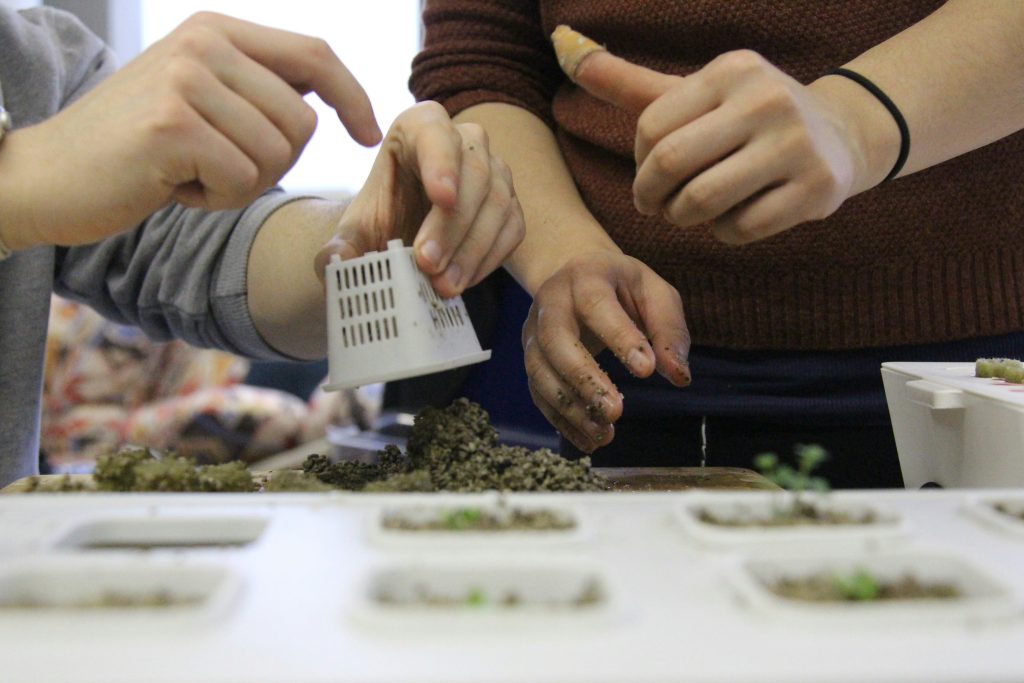
Prepare the nutrient solution
Next, prepare the nutrient solution for your hydroponic system. The nutrient solution contains the essential elements required for plant growth in the absence of soil. Follow a reliable nutrient solution recipe or use a pre-formulated solution specifically designed for hydroponic farming. Ensure that the pH level of the nutrient solution is within the appropriate range for your crops.
Set up the growing containers
Once the equipment is installed and the nutrient solution is ready, it’s time to set up the growing containers. Depending on your system, this may involve placing net pots or planting trays in the growing medium and ensuring the plants’ roots are properly positioned. Make sure that the roots have access to the nutrient solution and are well-supported in the growing containers.
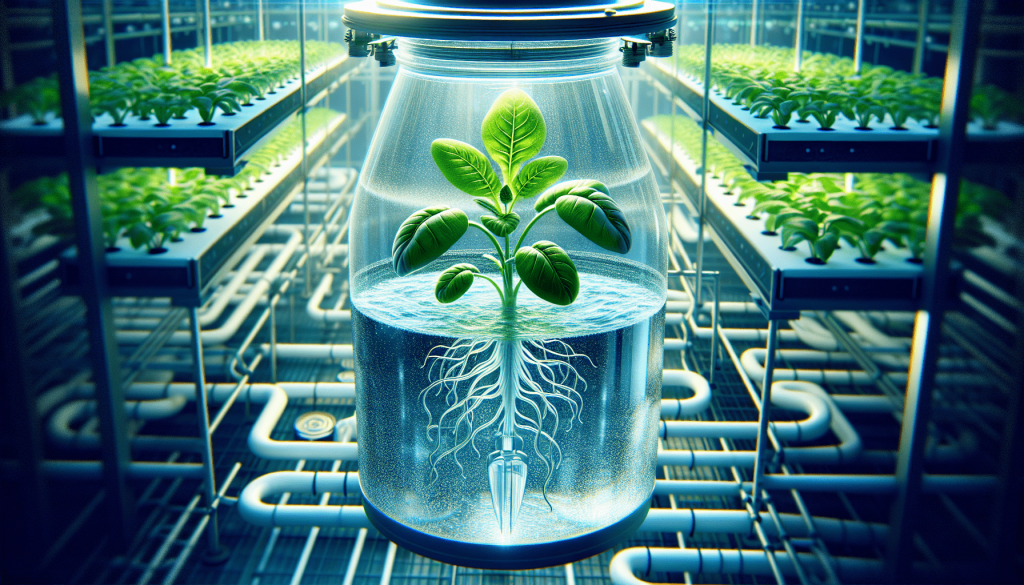
Selecting the Right Growing Medium
Selecting the right growing medium is crucial for the success of your hydroponic system. The growing medium provides support for the plants and helps with water retention and nutrient distribution. Consider the following factors when choosing the suitable growing medium for your hydroponic setup:
Evaluate the pros and cons of different growing mediums
There are various growing mediums to choose from, each with its own advantages and disadvantages. Some common growing mediums used in hydroponics include:
-
Rockwool: This inert material provides excellent water retention and air circulation. It is widely used and suitable for a wide range of crops.
-
Coconut coir: Coir is a sustainable medium obtained from coconut husks. It has good water retention and aeration properties, making it suitable for many hydroponic systems.
-
Perlite and Vermiculite: These lightweight mediums provide good aeration but have limited water retention capabilities. They are often mixed with other growing mediums to improve their properties.
Consider the specific requirements of your crops
Different crops have different preferences when it comes to growing mediums. Some plants, such as lettuce and herbs, prefer moisture retention and aeration, making materials like rockwool and coconut coir suitable options. Other plants, such as orchids, may require a more specific medium like sphagnum moss or clay pellets.
Read up on the specific requirements of the crops you plan to grow and choose a growing medium that aligns with those needs. It’s also essential to consider the water retention and aeration capabilities of the medium to ensure optimal root development and nutrient uptake.
Choose a suitable growing medium
Based on the evaluation of the pros and cons of different growing mediums and the specific requirements of your crops, choose a suitable growing medium for your hydroponic system. Consider factors such as availability, cost, and ease of use. Experimentation may be required to find the best growing medium for your specific needs and conditions.

Providing Adequate Lighting
Proper lighting is crucial in a hydroponic system as it acts as a substitute for natural sunlight. Photosynthesis, the process by which plants convert light into energy, is essential for their growth and development. Here are some key steps to ensure you provide adequate lighting for your hydroponic setup:
Understand the importance of proper lighting
Light is essentially food for plants, and without it, they cannot perform photosynthesis. In a hydroponic system where plants are grown in controlled environments, providing sufficient and appropriate light is vital to ensure healthy growth. Lighting not only influences plant growth but also affects factors such as flowering, fruiting, and overall productivity.
Evaluate different lighting options
There are various lighting options available for hydroponic farming, each with its own advantages and characteristics. The most common lighting options include:
-
Fluorescent Lights: These are affordable and energy-efficient options suitable for small-scale operations and seedlings. They produce less heat, making them ideal for plants that require low-light intensity.
-
High-Intensity Discharge (HID) Lights: HID lights, such as Metal Halide (MH) and High-Pressure Sodium (HPS), are popular choices for hydroponics. They produce intense light suitable for vegetative growth (MH) and flowering (HPS) stages.
-
Light-Emitting Diodes (LEDs): LEDs are energy-efficient, long-lasting, and versatile. They emit specific wavelengths of light that can be tailored to match the specific needs of plants at different stages of growth.
Consider factors such as cost, energy efficiency, heat generation, and the lifespan of the lighting system. Choose a lighting option that suits your specific requirements and ensures adequate light intensity for your plants.
Determine the optimal light intensity and duration
Different plants have different light intensity requirements. It’s crucial to determine the optimal light intensity and duration based on the stage of growth and the crop being cultivated. Seedlings and young plants generally require lower light intensity compared to mature plants. Leafy greens can generally thrive with light intensities between 2000-5000 lux, while fruiting plants may require higher intensities ranging from 5000-10000 lux.
The duration of light exposure also varies depending on the stage of plant growth. Most plants require around 12-16 hours of light per day during the vegetative stage and 8-12 hours during the flowering stage. It’s important to provide consistent and appropriate light throughout each stage to ensure optimal growth and development.
By understanding the importance of proper lighting, evaluating different lighting options, and determining the optimal light intensity and duration, you can ensure that your hydroponic plants receive the light they need to thrive.
Monitoring and Adjusting Nutrient Levels
Nutrients play a vital role in hydroponic farming as they are the main source of nourishment for plants. Monitoring and adjusting nutrient levels is crucial to ensure healthy plant growth and maximize crop yield. Here are the steps to effectively manage nutrient levels in your hydroponic system:
Understand the role of nutrients in hydroponic farming
In hydroponic farming, plants receive their nutrients directly from the nutrient solution rather than from soil. The nutrient solution contains a balanced mixture of essential elements, including macronutrients (such as nitrogen, phosphorus, and potassium) and micronutrients (such as iron, manganese, and zinc). These nutrients are crucial for plant growth, photosynthesis, and overall health.
Regularly monitor pH and nutrient levels
Maintaining the correct pH and nutrient levels is essential for optimal plant growth. pH refers to the acidity or alkalinity of the nutrient solution and affects nutrient availability to plants. Most plants thrive in a slightly acidic to neutral pH range of 5.5-6.5.
Regularly monitor the pH of your nutrient solution using a pH meter or test kit and adjust it as necessary by adding pH up or down solutions. Additionally, regularly check the nutrient levels using an electrical conductivity (EC) meter to ensure the solution contains the correct balance of nutrients. Adjust the nutrient levels by adding concentrated nutrient solutions or diluting the solution with water.
Make adjustments as necessary
Monitoring nutrient levels and pH is an ongoing process in hydroponic farming. Several factors can affect nutrient levels, including plant uptake, evaporation, and dilution due to water additions. It’s crucial to regularly test and adjust the nutrient solution to ensure the plants receive the optimal nutrient balance.
Keep a log of the nutrient levels and pH measurements to track any trends or changes over time. Adjustments may be required based on the growth stage of the plants, external factors like temperature, and overall plant health. By maintaining proper nutrient levels and pH, you can support healthy plant growth and maximize crop yield in your hydroponic system.
Maintaining the Hydroponic System
Proper maintenance of your hydroponic system is necessary to ensure its longevity and the health of your plants. Implementing a regular maintenance routine will help you identify and address any potential issues before they escalate. Here are some essential steps for maintaining your hydroponic system:
Implement a regular maintenance routine
Regular maintenance is crucial for the smooth operation of a hydroponic system. Create a maintenance schedule and adhere to it to prevent any unforeseen issues. Your maintenance routine should include tasks such as checking and cleaning equipment, inspecting plant health, and monitoring nutrient and pH levels.
Perform routine checks to ensure everything is functioning correctly. Inspect the pumps, timers, and other components for any signs of wear or malfunction. Clean the growing containers, removing any debris or algae that may hinder plant growth. A regular maintenance routine helps prevent downtime, improves plant health, and ensures the overall efficiency of your hydroponic system.
Monitor and control temperature and humidity
Temperature and humidity are crucial environmental factors that directly impact plant health and growth. Maintain a suitable temperature range for your plants, generally between 65-80°F (18-27°C), depending on the specific crop. Install thermometers or temperature controllers to monitor and control the temperature within the desired range.
Humidity levels also need to be maintained within the appropriate range. Most plants thrive in humidity levels ranging from 40-70%. Use humidifiers or dehumidifiers if necessary to achieve the optimal humidity range for your crops.
Properly clean and sanitize the system
Regularly clean and sanitize your hydroponic system to prevent the buildup of algae, bacteria, and other contaminants. Drain and clean the system periodically, removing any debris or organic matter that may clog the pumps or affect water circulation. Disinfect the growing containers, tubing, and other components to ensure a clean and sterile environment for your plants.
Maintaining a clean and sanitized system reduces the risk of pests and diseases and promotes healthier plant growth. Follow the manufacturer’s guidelines for cleaning and sanitizing your specific hydroponic system. By incorporating these maintenance practices, you can ensure the longevity and productivity of your hydroponic setup.
Managing Pests and Diseases
Just like traditional farming, hydroponic systems are susceptible to pests and diseases. Implementing preventive measures, identifying common problems, and applying appropriate treatments will help you manage pests and diseases effectively.
Implement preventive measures
Prevention is key when it comes to managing pests and diseases in a hydroponic system. By implementing preventive measures, you can minimize the risk and severity of outbreaks. Here are some strategies to consider:
-
Proper sanitation: Maintain a clean and sterile environment by regularly cleaning and sanitizing your hydroponic system. Remove any dead plant matter, weeds, or other potential sources of pests and diseases.
-
Quarantine new plants: Before introducing new plants into your hydroponic system, quarantine them for a few days in a separate area. This allows you to inspect the plants for any signs of pests or diseases before introducing them to your healthy crops.
-
Integrated Pest Management (IPM): Implement IPM strategies, such as introducing beneficial insects or using biological control agents, to manage pests naturally. Regularly monitor your plants for signs of pests or diseases and take appropriate action at the earliest sign of infestation.
Identify common pests and diseases
To effectively manage pests and diseases, it’s important to be able to identify common culprits. Some common pests that can affect hydroponic systems include aphids, whiteflies, spider mites, and thrips. Diseases such as powdery mildew or root rot can also pose a threat to plant health.
Learn to recognize the signs and symptoms of common pests and diseases in hydroponic systems. This will enable you to take timely action and apply appropriate treatments to mitigate the damage and prevent further infestation.
Apply appropriate treatments
If pests or diseases do appear in your hydroponic system, it’s important to take immediate action. Appropriate treatments will depend on the specific pest or disease you’re dealing with. Organic pest control methods, such as neem oil or insecticidal soap, can be effective against pests in a hydroponic system. For diseases, consider using fungicides or bactericides specifically formulated for hydroponic farming.
Follow the instructions provided by the manufacturer when applying treatments, and be mindful of any potential impact on plant health or the overall hydroponic system. Additionally, take preventive measures to minimize the risk of future infestations.
By implementing preventive measures, identifying common pests and diseases, and applying appropriate treatments, you can effectively manage pests and diseases in your hydroponic system.
Ensuring Proper Ventilation
Proper ventilation plays a crucial role in maintaining a healthy and productive hydroponic system. Adequate air circulation helps control temperature, humidity, and carbon dioxide levels, ensuring optimal plant growth. Here’s what you need to know about ensuring proper ventilation:
Understand the importance of ventilation
Ventilation is essential in a hydroponic system as it provides fresh air, removes excess heat and humidity, and facilitates gas exchange. It helps prevent the buildup of stagnant air, which can lead to poor plant growth, mold, and other issues. Proper ventilation aids in regulating temperature and humidity, creating a conducive environment for plant growth.
Choose the right ventilation system
Choosing the right ventilation system depends on the size of your hydroponic setup and environmental conditions. Some common components of a ventilation system include fans, ducting, and vents.
Consider factors such as space limitations, noise levels, and energy efficiency when selecting equipment for your ventilation system. Inline fans are often used in hydroponics to ensure proper air circulation and control temperature and humidity. Opt for fans with adjustable settings to fine-tune the airflow according to your specific requirements.
Monitor and control air circulation
Regularly monitor and optimize air circulation within your hydroponic system. Place fans strategically to ensure even airflow throughout the growing area. Monitor the temperature and humidity levels using hygrometers or environmental controllers and adjust the ventilation system accordingly.
Create air movement to simulate natural breezes that promote strong stem development and discourage pests and diseases. Proper air circulation also helps prevent excess humidity and temperature spikes, reducing the risk of mold growth and heat stress.
By understanding the importance of ventilation, choosing the right ventilation system, and monitoring and controlling air circulation, you can create an optimal growing environment for your hydroponic plants.
Harvesting and Yield Optimization
Harvesting your hydroponic crops at the right time and optimizing yield are key steps in maximizing the benefits of your hydroponic farming venture. Here’s what you need to know:
Know when and how to harvest your crops
Each crop has specific indicators that signal when it is ready for harvest. For leafy greens and herbs, harvest when the leaves or stems reach the desired size. For fruiting plants like tomatoes or peppers, harvest when the fruits are fully mature and have reached their desired color.
Use clean, sharp pruners or scissors to cut or remove the mature parts of the plants. Avoid damaging the remaining plant or disturbing the roots. Harvesting at the right time ensures the best flavor, texture, and nutrient content in your produce.
Implement techniques to optimize yield
Optimizing yield in your hydroponic system involves maximizing the productivity of your plants. Here are some techniques to consider:
-
Pruning and training: Regularly prune your plants to remove excessive growth, improve airflow, and divert energy to fruit production. Train vines or upright plants to maximize vertical space utilization and encourage more fruiting branches.
-
Pollination: Some fruiting plants, such as tomatoes or peppers, may require manual pollination. Gently shake the plants or use a small brush to transfer pollen between flowers, encouraging fruit development.
-
Crop rotation: After harvesting a crop, rotate it with a different type of crop in the same growing containers. This helps prevent nutrient depletion and reduces the risk of pests and diseases.
Properly store and package harvested produce
After harvesting, it’s important to handle and store your hydroponic produce properly to maintain its freshness and quality. Clean the harvested crops thoroughly, removing any debris or damaged parts. Depending on the type of crop, consider washing or sanitizing it before storage.
Package the produce in clean, food-grade containers or bags suitable for the specific crop. Label the containers with the harvest date for reference. Store the produce in cool, dark areas to maintain freshness.
By knowing when and how to harvest your crops, implementing techniques to optimize yield, and properly storing and packaging the harvested produce, you can ensure that your hydroponic farming venture yields the best quality produce.
Troubleshooting Common Issues
Hydroponic farming, like any other agricultural practice, can encounter common issues that may affect plant health and productivity. By knowing how to identify and troubleshoot these issues, you can address them effectively and prevent further damage. Here are some common problems in hydroponic farming and strategies to troubleshoot them:
Identify common problems in hydroponic farming
Being able to identify common issues is the first step toward troubleshooting hydroponic problems. Some common problems you may encounter include:
-
Nutrient deficiencies or imbalances: Signs include chlorosis (yellowing of leaves), leaf curling, or stunted growth. Adjusting the nutrient solution based on pH and nutrient level monitoring can help address these issues.
-
Algae growth: Algae growth can occur due to excessive light exposure or poor sanitation. Limit light exposure by covering the nutrient solution or filtration and regularly clean and sanitize the hydroponic system.
-
Root rot: Root rot can occur due to overwatering, poor drainage, or bacterial or fungal infections. Ensure proper drainage and aeration in the growing containers, and regularly monitor nutrient solution oxygen levels.
Implement strategies to troubleshoot issues
Once you have identified the problem, it’s time to implement strategies to address it. Some troubleshooting techniques for common issues include:
-
Adjusting nutrient levels: If you notice nutrient deficiencies or imbalances, adjust the nutrient solution by adding or diluting concentrated nutrient solutions.
-
Improving sanitation: If algae growth is an issue, improve sanitation practices by regularly cleaning and sanitizing your hydroponic system.
-
Managing root rot: To address root rot, improve drainage and aeration by adjusting the growing medium or incorporating additional oxygenation measures such as air stones or air pumps.
Seek expert advice if needed
If you encounter persistent issues or are unsure about how to address a specific problem, don’t hesitate to seek expert advice. Local hydroponic stores, extension offices, or online forums can be valuable resources for troubleshooting and obtaining guidance on specific issues. Expert advice can help you overcome challenges and ensure the success of your hydroponic farming venture.
By identifying common problems, implementing strategies to troubleshoot issues, and seeking expert advice when needed, you can effectively address any challenges that arise in your hydroponic system.
In conclusion, hydroponic farming offers a sustainable and efficient method of cultivating plants without soil. By considering the available space, researching different systems, and evaluating crop requirements, you can select the right hydroponic system. Setting up the system involves installing equipment, preparing the nutrient solution, and arranging the growing containers. Choosing the appropriate growing medium, providing adequate lighting, monitoring nutrient levels, and maintaining the system ensures optimal plant growth. Managing pests and diseases, ensuring proper ventilation, optimizing yield, and troubleshooting common issues contribute to the success of your hydroponic farming venture. With proper planning, care, and attention to detail, you can enjoy the benefits of growing fresh and healthy produce through hydroponics.


